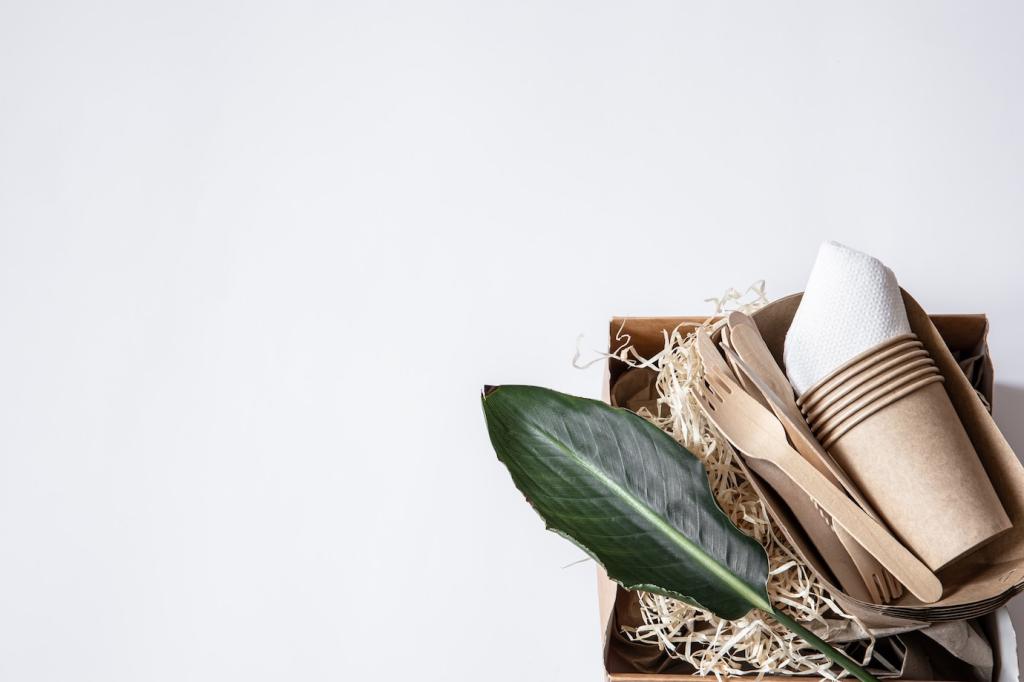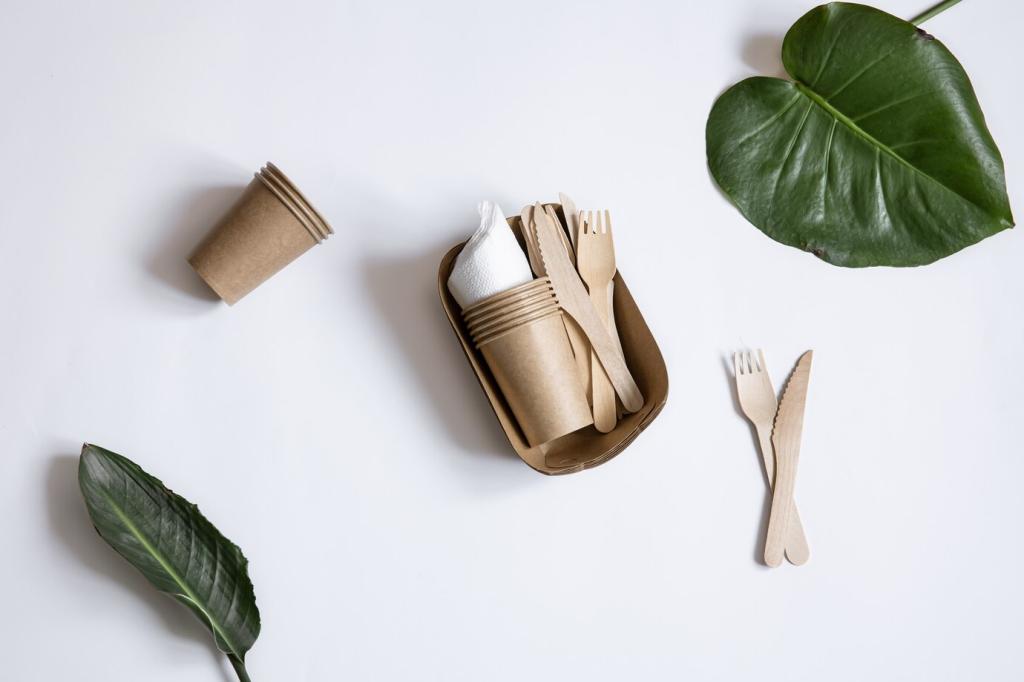Why Sustainable Hydration Matters on the Trail
A single day of bottled water can leave behind a surprising trail of microplastics and trash. On busy routes, rangers report overflowing bins near trailheads after holidays. Reusable systems keep weight similar but eliminate the guilt. Pack it in, pack it out—then choose gear that never becomes trash in the first place.
Why Sustainable Hydration Matters on the Trail
One liter of water weighs roughly one kilogram, so intentional refills can prevent hauling unnecessary weight for hours. With smart planning, hikers carry less and move more efficiently, reducing fatigue and injury risk. Sustainability is not only ethical—it’s practical. What’s your ideal carry capacity and refill cadence on hot, exposed climbs?
Why Sustainable Hydration Matters on the Trail
On a three-day ridge walk, Maya switched from buying bottles to a filter bottle and two lightweight canteens. She saved money, skipped twelve single-use containers, and never felt thirsty. Her takeaway: a little preparation beat last-minute convenience every time. Have a similar story? Share it below so others can learn and adapt.
Why Sustainable Hydration Matters on the Trail
Lorem ipsum dolor sit amet, consectetur adipiscing elit. Ut elit tellus, luctus nec ullamcorper mattis, pulvinar dapibus leo.


